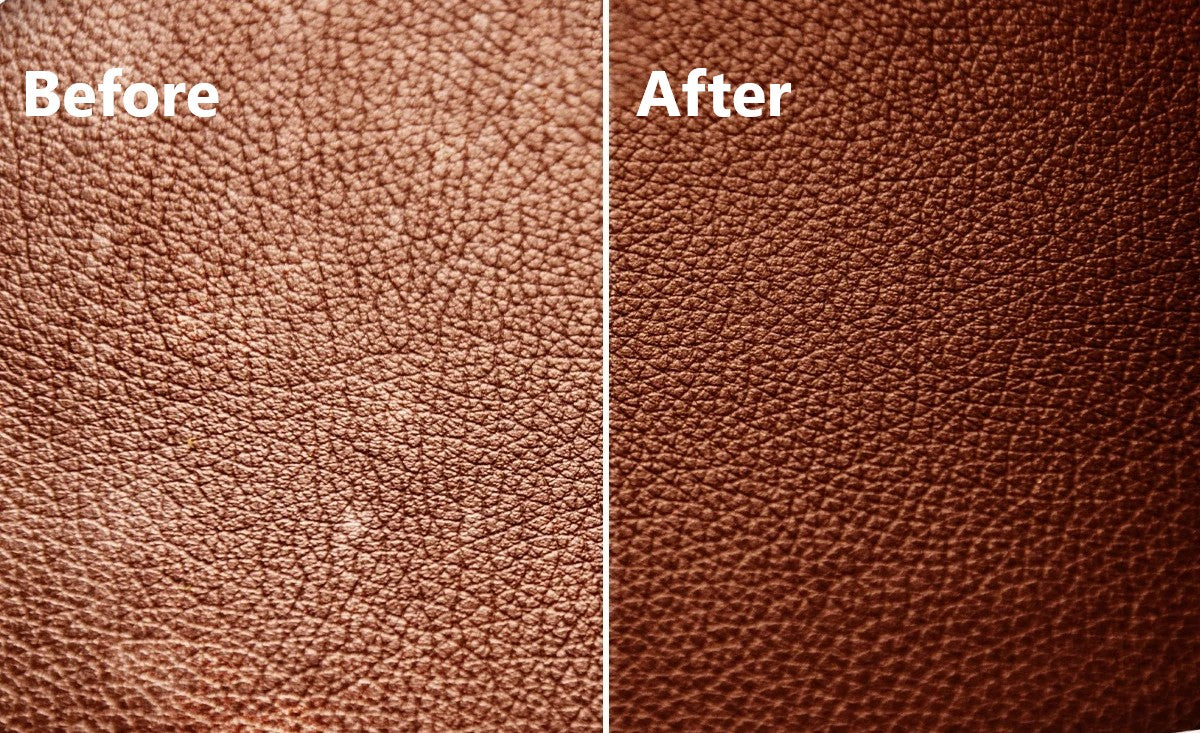Video Installation | Auto Seat Replacement
Why Replacing the Cushion Foam Before the Cover is Essential 0
Why Replacing the Cushion Foam Before the Cover is Essential
When reupholstering a seat, it’s tempting to just focus on the outer cover, but the cushion foam underneath plays a crucial role in the comfort, support, and durability of your seat. Here’s why you should consider replacing the cushion foam before putting on a new cover:
1. Enhanced Comfort and Support
Over time, cushion foam loses its resilience and shape, leading to a less comfortable seating experience. Replacing the foam ensures the seat remains supportive and comfortable, enhancing your driving or sitting experience significantly.
2. Improved Durability
A fresh cushion foam helps the new cover maintain its shape and integrity for a longer period. Old foam can cause premature wear and tear on the new cover, reducing the lifespan of your upholstery investment.
3. Better Fit and Appearance
Old foam can become compressed and uneven, leading to wrinkles, sagging, or an ill-fitting seat cover. By replacing the foam, you ensure a smooth, tailored fit for your new cover, giving the seat a fresh, professional look.
4. Health and Hygiene
Foam can trap dust, allergens, and odors over time. Replacing it can improve the overall cleanliness and air quality around your seat, making it a healthier environment, especially for those with allergies.
5. Cost-Effective in the Long Run
Though it might seem like an extra step, replacing the foam along with the cover prevents you from having to redo the upholstery job sooner than necessary. This combined approach extends the lifespan of your seat, ultimately saving you money and effort.
Conclusion
In short, addressing the cushion foam before replacing the cover ensures you get the most out of your reupholstery efforts. It’s a small investment that pays off in comfort, durability, and overall satisfaction.
- Shawn Amini
- Tags: Why Replacing the Cushion foam is important

Exploring the Seat Variations in the 1999-2004 Mustang 0
The 1999-2004 Ford Mustang, often referred to as the “New Edge” Mustang, offered distinct seating options that catered to different trims and engine types. Understanding these differences can help owners and enthusiasts appreciate the unique characteristics of their Mustang’s interior.
V8 Models: Perforated Luxury:
The V8 Mustangs, known for their powerful performance, came with premium seat options. These seats were perforated, allowing for better breathability and a more refined look. The pleats on these seats were also designed differently, giving them a sportier yet sophisticated appearance that matched the performance-oriented nature of the V8 models.
V6 Models: Solid Comfort
In contrast, the V6 Mustangs featured solid material seats without perforation. These seats were built for comfort and durability, making them a great option for daily driving. The pattern on these seats differed from the V8’s, offering a more classic and straightforward design that appealed to a broad range of Mustang fans.
Why These Differences Matter
These seat variations weren’t just about aesthetics; they reflected the distinct identities and target audiences of the V8 and V6 models. The V8, with its focus on performance, demanded a sportier interior to match its higher horsepower and aggressive styling. The V6, often chosen by drivers looking for a reliable yet stylish ride, provided comfortable seating suitable for longer commutes and everyday use.
Whether you own a V8 or a V6, understanding these differences can enhance your appreciation for the thought and care that went into designing these iconic Mustang interiors.
Also replacing the Shift and eBrake boot will give a huge upgrade to your interior.
- Shawn Amini

Why Using Leather Conditioner is Essential for Your Leather’s Longevity 0
Leather is a durable and luxurious material, but it needs proper care to stay in top condition. Using a leather conditioner regularly is crucial for several reasons:
1. Prevents Drying and Cracking: Leather, like your own skin, can dry out over time, leading to cracks and splits. A good conditioner keeps the leather moisturized and supple, preventing these issues.
2. Maintains Softness and Flexibility: Over time, untreated leather can become stiff and uncomfortable. Conditioning helps maintain the leather’s natural flexibility, ensuring it remains comfortable and looks great.
3. Enhances Appearance: Regular conditioning keeps the leather looking rich and vibrant, restoring its natural shine and color. It also helps reduce the appearance of scuffs and scratches.
4. Protects Against Wear and Tear: Conditioner creates a protective barrier that helps repel dirt, moisture, and other elements that can cause premature aging of the leather.
Incorporating a leather conditioner into your routine is a simple step that pays off significantly by extending the life of your leather items, whether it’s car seats, furniture, or accessories. Treat your leather well, and it will reward you with years of beauty and durability
- Shawn Amini
Video Installations: 43
Auto Seat Replacement | Video Installations
If you have any problems installing your unit simply follow the instructions in these videos. In the case you are unable to install your purchased item, please fell free to contact us. Auto Seat Replacement
- Shawn Amini
- Tags: Seat Cover Installation Video

